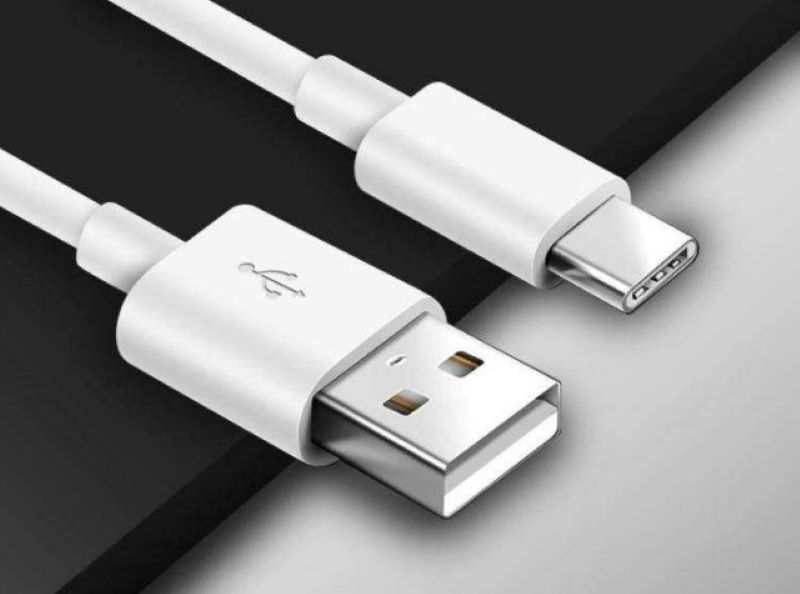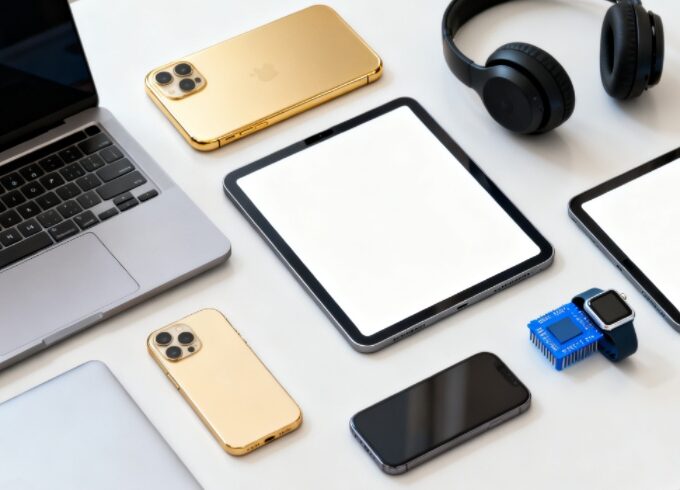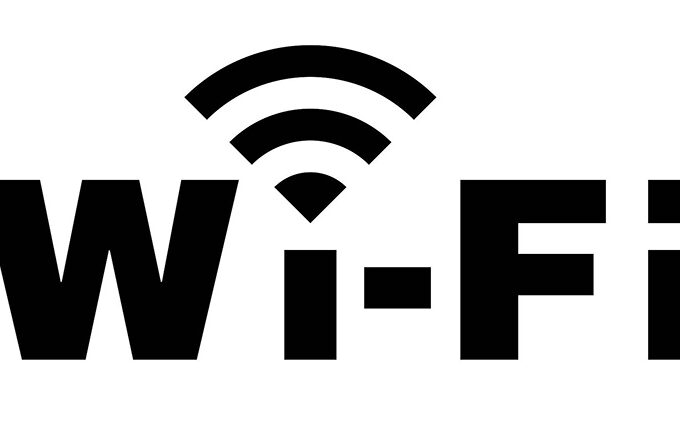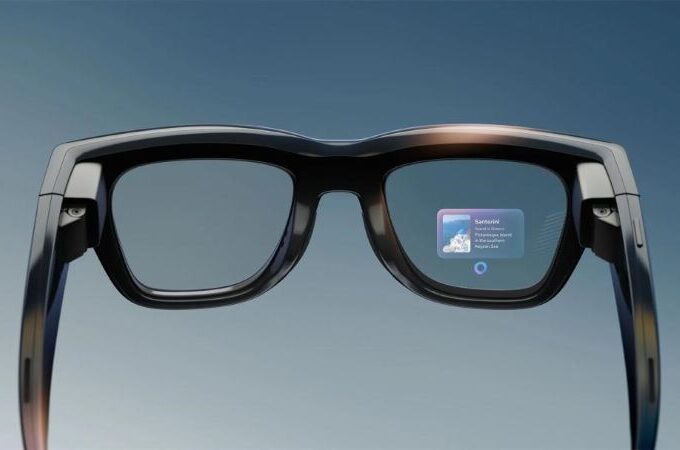The new regulation on unified charging interface adopted by the European Commission in 2022 has officially come into effect. Electronic device manufacturers are obliged to equip products sold to the 27 EU countries with USB-C (i.e. USB Type-C) interfaces, and old devices that cannot be adapted will gradually be eliminated.
The European Parliament posted on social platforms that all new mobile phones, tablets, digital cameras, headphones and many other electronic devices sold from EU countries must be equipped with USB-C charging interfaces. The article specifically emphasized that the regulation applies to all manufacturers and the implementation of the new regulations is “good for the environment and your wallet.” Other electronic devices mentioned in the article include e-readers, game controllers, mice and portable navigation. It is worth noting that only laptop manufacturers have been given an additional grace period to complete the adjustment by the beginning of 2026.
Reasons for The EU’s Unified Charging Interface
Due to the wide variety of electronic devices, there were once dozens of chargers circulating on the European market, which caused many inconveniences to people’s travel, and service places such as hotels were even more helpless. In fact, many years ago, European electronic product manufacturers had discussed the issue of unified chargers, but were strongly opposed by the US technology giant Apple. In 2021, the company said that the EU’s claim would only “stifle innovation” and lead to a large number of old devices being “forced to be eliminated.”
In 2022, the EU revised the original Radio Equipment Directive (RED) Act, requiring all types of electronic devices to use USB-C interfaces and data cables as universal charger specifications by the end of 2024. According to the agreement, by then, all mobile phones, tablets, e-readers, digital cameras, headphones, laptops and other portable electronic devices in the EU must use USB Type-C interfaces as ports for wired chargers. In addition to unifying the charging interface of electronic devices, it also supports the unification of charging speeds for fast charging devices. Unifying this standard can simplify the lives of local residents, and consumers will no longer need different chargers and charging cables. In addition, when consumers buy new electronic devices, they can choose whether to purchase additional charging equipment. According to the European Commission, the new regulations can save the EU at least 200 million euros a year and reduce more than 1,000 tons of electronic waste.

Obstacles to Unified Charging Interfaces
Before the new regulations came into effect, most electronic products on the EU market were already suitable for USB-C interfaces. Although Apple was “reluctant”, it had to “surrender” to the EU. The company’s new generation of mobile phone products launched in 2023 have begun to adopt USB-C.
The process of unifying the USB-C interface is not simple. According to reports, there were more than 30 charging interfaces on the market in 2009, and they were mixed. At that time, under the urging of the European Commission, 14 mobile phone manufacturers including Apple made adjustments to this, gradually reducing it to USB-C, Lightning interface and Micro-USB.
Micro-USB was gradually eliminated due to technical reasons, so Apple’s Lightning interface became the biggest obstacle to the unified interface. The Lightning interface is Apple’s own private protocol, while USB Type-C is a common protocol of a third-party organization composed of seven board members including Intel, Apple and Microsoft and more than 2,000 corporate members, called USB-IF. Therefore, Apple’s use of the Lightning interface on its hot-selling iPhone not only means hundreds of millions of dollars in revenue from each charging cable and accessories used with the iPhone, but also means certification and control over the Apple ecosystem.
In September 2021, the European Commission formally proposed a motion to make USB-C a universal standard for all mobile devices in the EU, with a transition period of 24 months. This move was fiercely opposed by Apple: “We are concerned that such strict management of chargers will only stifle innovation rather than encourage it, which in turn will harm the interests of consumers in Europe and around the world.” On October 4, 2022, the European Parliament overwhelmingly passed a bill requiring that the charging interface of portable smart electronic devices such as mobile phones must be unified as USB Type-C.
Impact of Unified Charging Interface
The new EU regulations may seriously disrupt the secondary market for European electronic products. Currently, more than 60% of second-hand smartphones do not support USB-C interfaces, and Apple phones account for a considerable proportion. In 2023, as many as 27 million Apple phones were sold in the secondary market in Europe, equivalent to 57% of the entire market share.
However, in response to the new EU regulations, Apple has removed models such as iPhone SE 3, iPhone 14 and iPhone 14 Plus from online stores in many EU countries. Apple’s online stores in Austria, Belgium, Denmark, Finland, France, Germany, Ireland, Italy, the Netherlands, Spain, Sweden and other countries no longer list these models. In addition, countries participating in the EU single market, such as Switzerland, have also been affected. Although Apple’s latest iPhone 15 series is equipped with a USB-C interface, the iPhone 14, iPhone 14 Plus and iPhone SE still use the Lightning port, so they had to be removed from the market.












